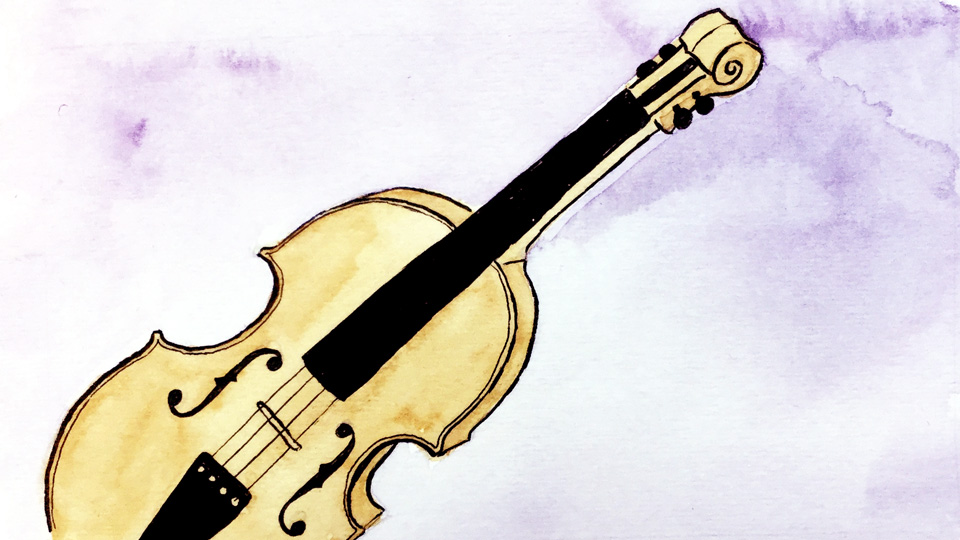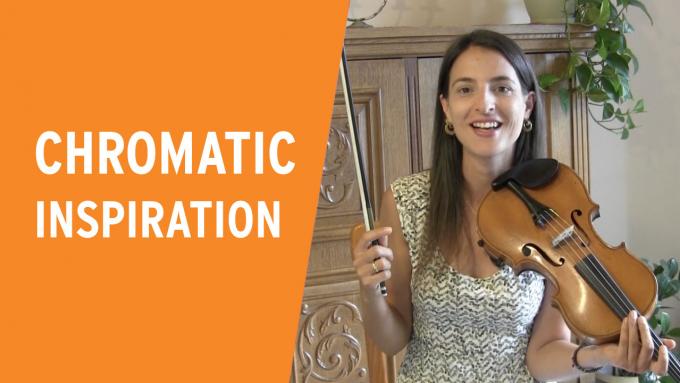David,
I have bought your learning materials and I am reading your e-book right now. For Exercise 1, I notice that there are special versions for guitar and bass. How about for violin? Should I use the version for guitar?
Thank you,
Adam
David's response:
Hi Adam,
It's an interesting question because movement on the violin is such a complex subject. The simplest answer to your question is that you should use the main version of Exercise 1. The main version is really for everyone except guitar and bass players.
But your intuition is certainly correct about the similarities between violin and guitar. Like all string instruments, the violin allows you to play the same note in more than one location and all of the musical relationships move in parallel as you move up the fingerboard. Because of these similarities, it might be tempting to invent a system of movement like the Cloud/Mobility concept that I teach for guitar and bass.
But the violin has the additional complication that you have to think so much more carefully about your fingering in order to achieve a good intonation. Because of this, violinists always know exactly which note they are playing. There just isn't the same opportunity to lose yourself on the fingerboard and think purely in terms of musical intervals, because each note on the violin presents a very specific technical challenge. So for string instruments, I would recommend that you use the main version of Exercise 1 for all instruments, and just enjoy developing these abilities in the same way that a sax or trumpet player would.
I think the most important exercise for violin, viola and cello players is the Exercise 1 Daily Meditation in half-steps. Try practicing this exercise each day using a different starting note. And for each starting note, trying using different fingerings. For example, let's say your starting note is the note C on your low G string. Maybe one day you practice the meditation starting with your index finger on the note C. The next day you could try the exact same exercise starting from the same note C, but this time you could start with your pinky finger on the note C instead of your index finger.
Just relax and be playful with it. Even with just a few minutes per day, in a few months you will have gained priceless experience resolving physical challenges in every region of the fingerboard. This is a great warm-up and the perfect complement to your explorations in Exercise 2: Melody and the rest of the IFR method.
Happy practicing Adam!
David

